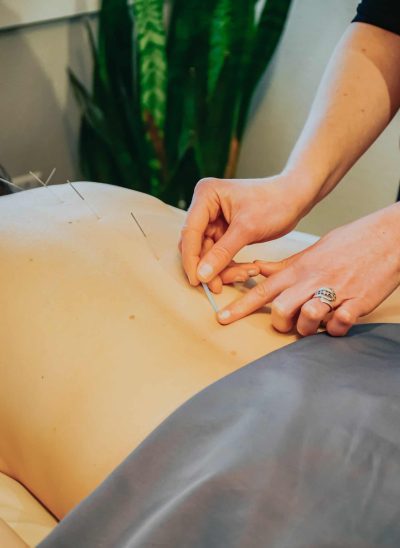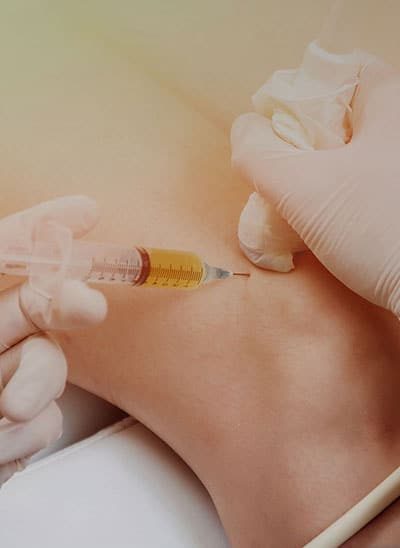Over the past 10 years, musculoskeletal (MSK) ultrasound has increasingly found its way into orthopedic medicine, and for good reason. Ultrasound is an extremely safe imaging technique that allows your practitioner to visualize areas of injury and pain in real time. As a result, injuries to these tissues can be readily identified in the office.
Ultrasound also allows your doctor to visualize needles as they are guided to the specific target for treatment. This not only increases the effectiveness of regenerative injections such as PRP and prolotherapy but also vastly decreases inherent risk when placing needles into joints or around areas rich with nerves and blood vessels.
While not all injections require ultrasound, it is important to choose a practitioner who has this tool available to enhance treatment success. The physicians at FoRM Health use ultrasound regularly with injections. To learn more, call FoRM Health in Portland, Oregon, or schedule a consultation online today.
Schedule with FoRM’s Ultrasound specialist in Portland, Oregon:
Schedule with Dr. Ryan Minarik, ND
FAQ
Ultrasound imaging works in much the same way as the sonar used by bats, using sound waves that pass through your tissues and bounce back at different rates. The echoes created during this process are converted into images. A computer analyzes the echoes and converts them into real-time images displayed on a monitor.
In general, yes, particularly with PRP. When treating joints, damaged tendons and certain sites close to major nerves or arteries, ultrasound is essential for accuracy and safety. Some procedures, particularly those involving prolotherapy, require injecting multiple ligaments that are relatively accessible by palpation (touch) to a well-trained physician. In many of these cases ultrasound is not required.
While our office is located in SE Portland, Oregon, many of our patients travel from the greater Portland area, including: Lake Oswego, Beaverton, Hillsboro, Tigard, Milwaukie, Happy Valley, and Oregon City, for in-office visits and procedures. We also offer virtual office visits, which allows us to provide service to anyone seeking care within Oregon, with the exception of procedures which must be performed in office.
















